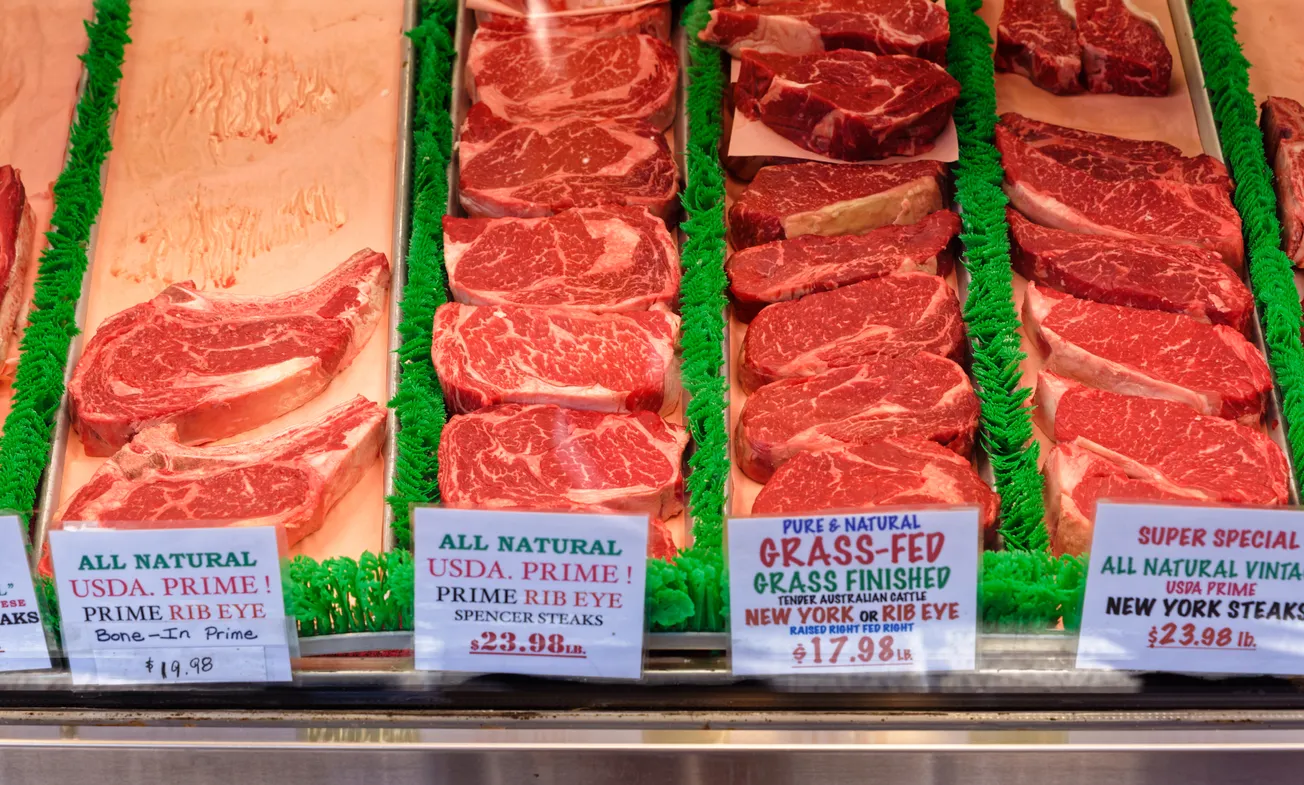U.S. ports are experiencing a surge in containerized goods imports, with monthly inbound cargo volumes projected to peak this summer, according to the latest Global Port Tracker report by the National Retail Federation and Hackett Associates. This increase follows a period of post-pandemic normalization and reflects retailers’ efforts to stock up ahead of possible increased tariffs on Chinese goods, labor concerns and the holiday season. The forecasted rise in imports presents both opportunities and challenges for the U.S. supply chain.
West Coast ports, particularly Los Angeles and Long Beach, are expected to see robust activity, although chilled goods in Oakland are under increased scrutiny. A Chinese ban on meat exports from the Cool Port Oakland facility, enacted May 27 after detection of a banned feed additive in beef shipments, has caused significant disruption for meat exporters who rely on this facility to ship goods to Asia. The ban affects exporters from as far away as the Midwest, forcing them to find alternative shipping routes. Cool Port Oakland is crucial for transferring refrigerated cargo from rail to ocean transport, and this ban has impacted a substantial portion of U.S. beef and pork exports.
East and Gulf Coast ports face potential disruptions from ongoing labor disputes, while Baltimore recovers after a ship/bridge collision blocked port access earlier this year. The Port of Baltimore has fully reopened following the March collapse of the Francis Scott Key Bridge, which had severely disrupted access and diverted cargo to other ports. The incident resulted in significant economic losses, but the port is now set for a gradual recovery. Maryland Port Administration Executive Director Jonathan Daniels expressed optimism about the port’s potential to regain its previous cargo volumes by 2025. Additionally, the port has expanded its capacity for auto shipments, aided by an $8 million federal grant to Tradepoint Atlantic. This investment is expected to bolster the port’s handling of roll-on/roll-off cargo, a significant component of its operations.
The International Longshoremen’s Association’s suspension of negotiations with the United States Maritime Alliance over automation concerns has added uncertainty to East and Gulf Coast port operations. With the current contract set to expire on September 30, some shippers are preemptively shifting cargo to avoid potential disruptions. In a Gulf Coast development, rail carriers Union Pacific and BNSF have launched new intermodal services at Port Houston, one of the country’s fastest-growing ports. The new services, which began in early June, eliminate the need for containers to be trucked to Houston's nearest rail facility. This new service allows intermodal containers to be offloaded directly from ships onto railcars, and distributed via intermodal hubs in Denver and the Dallas-Fort Worth area.
Roger Guenther, Executive Director of Port Houston, described the new services as a significant advancement in cargo movement efficiency at the port, which is now the fifth busiest in the nation based on container volume.
Stay up to date on the latest Omnichannel news by Subscribing to Our Newsletter








